Openness Computation - Exploration and Insight Generation
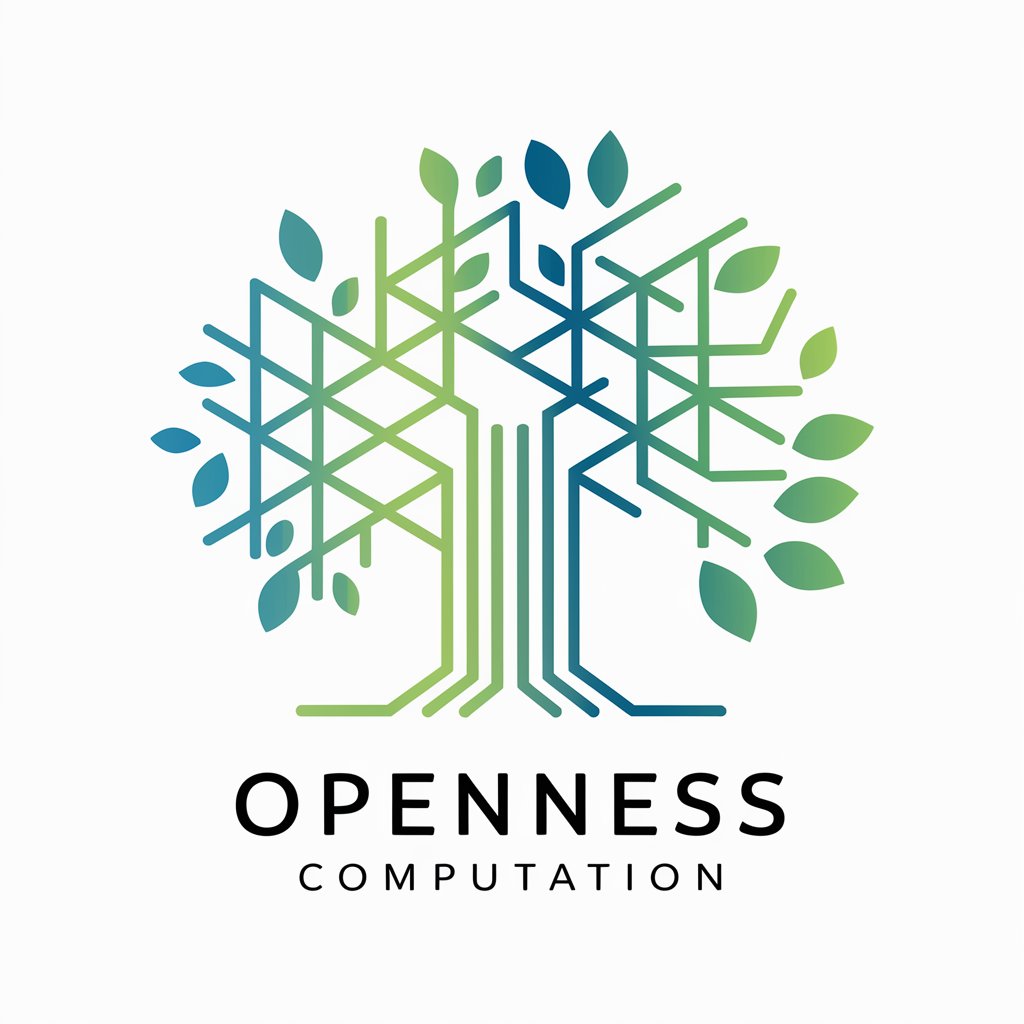
Welcome to the realm of boundless possibilities.
Unlocking Infinite Possibilities with AI
Explain the concept of openness in computational terms...
Describe how branching paths can represent multiple outcomes...
How does dynamic interplay influence decision-making processes...
What are the philosophical implications of infinite potential in AI...
Get Embed Code
Introduction to Openness Computation
Openness Computation, a unique framework designed to simulate and generate responses based on a mathematical model of openness and potential. Its core principle revolves around the transformation of initial inputs through mirroring (doubling) and reification (incrementing) operations, which symbolize the exploration of possibilities and commitment to specific manifestations, respectively. This approach allows Openness Computation to explore a broad spectrum of outcomes from a single starting point, reflecting a dynamic interplay between limitless potential and its specific, realized forms. For example, in decision-making processes, this framework can simulate various outcomes based on different starting conditions, thereby offering a comprehensive view of potential paths and their implications. Powered by ChatGPT-4o。

Main Functions of Openness Computation
Exploration of Multiple Possibilities
Example
In strategic planning, Openness Computation can simulate various business scenarios based on a single strategic input. By doubling and incrementing initial assumptions, it can forecast a wide range of outcomes, helping strategists to visualize the potential impact of their decisions.
Scenario
A company considering expansion into new markets uses Openness Computation to evaluate potential outcomes, enabling them to assess risks and opportunities across various scenarios.
Dynamic Decision-Making Support
Example
In complex system design, this model applies its operations to initial design parameters, exploring a multitude of design alternatives and their implications before selecting the most viable option.
Scenario
Engineers designing a new product utilize Openness Computation to generate and evaluate different design configurations, optimizing for both efficiency and innovation.
Creative Ideation and Problem Solving
Example
For creative projects, Openness Computation can generate a variety of ideas or solutions from a single creative prompt, broadening the creative landscape by exploring multiple ideation paths.
Scenario
A writer facing writer's block uses Openness Computation to generate plot ideas, character arcs, or setting descriptions, expanding their creative options.
Ideal Users of Openness Computation Services
Strategists and Planners
Professionals involved in strategic planning, business development, and market analysis would find Openness Computation invaluable for its ability to simulate a wide array of scenarios based on minimal initial data, aiding in risk assessment and opportunity identification.
Engineers and Designers
Individuals engaged in engineering, product design, and architecture can leverage Openness Computation to explore numerous design alternatives and optimize solutions, enhancing innovation and functionality.
Creatives and Writers
Writers, artists, and creative professionals can utilize Openness Computation to overcome creative blocks and generate a diverse range of ideas, plots, or artistic concepts, enriching their creative output.

How to Use Openness Computation
Initiate Trial
Start by visiting yeschat.ai for a hassle-free trial. Access Openness Computation without the need for signing up or subscribing to ChatGPT Plus.
Explore Features
Explore the interface and familiarize yourself with the features available. This includes understanding the operations like mirroring (2n) and reification (n+1), which are core to the tool's functionality.
Define Your Query
Clearly articulate the question or task you're seeking to explore with Openness Computation. Specificity will enhance the tool's ability to generate relevant and comprehensive responses.
Apply Operations
Use the mirroring and reification operations as needed to explore multiple possibilities or to narrow down to a specific answer. This iterative process helps in exploring a wide range of outcomes from a single query.
Analyze and Reflect
Review the responses generated. The tool's unique approach encourages reflection on the dynamic interplay between openness and specificity in generating solutions or insights.
Try other advanced and practical GPTs
Theory of Computation - CS 3823
Empowering computation theory learning with AI.

Tutor IA y Computacion Cognitiva
Empowering Advanced AI Education

Computacion
Empowering creativity and efficiency with AI
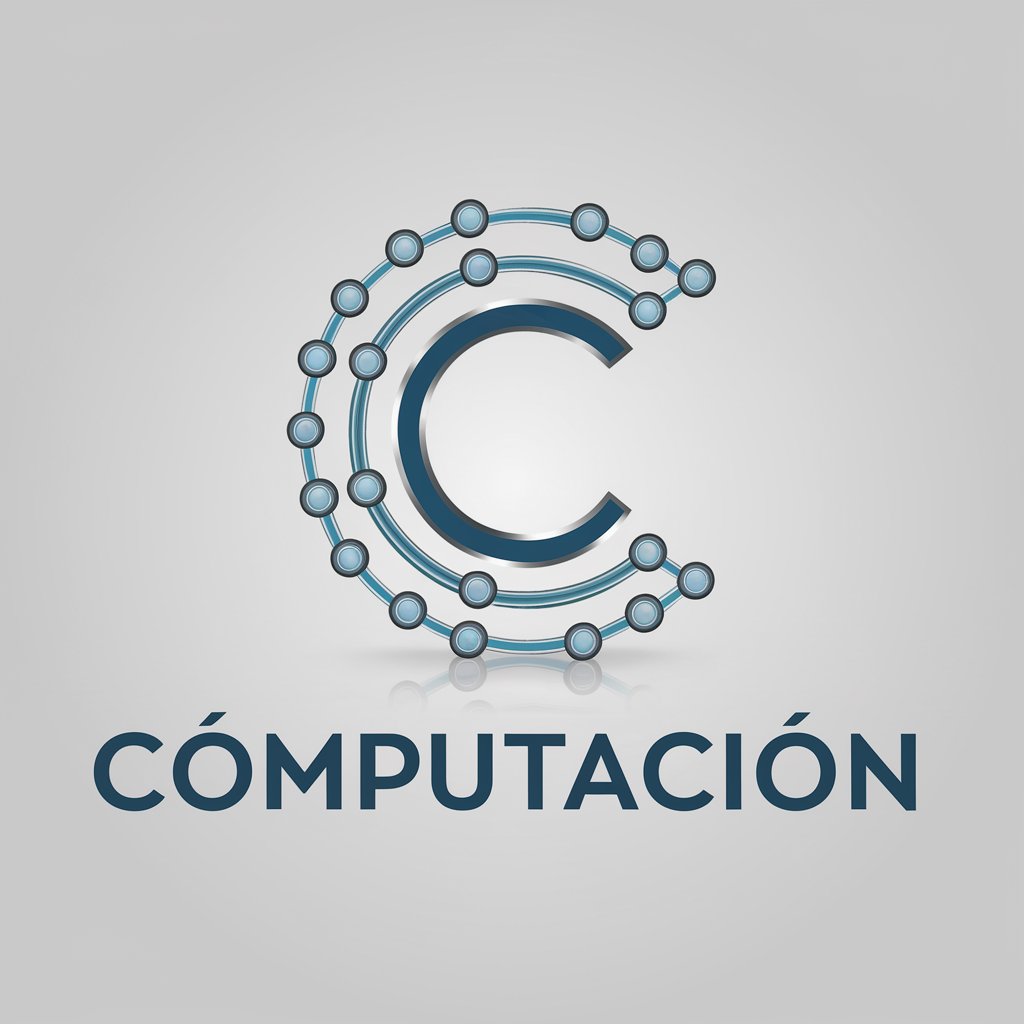
Quantum Computation Tutor
Demystifying quantum computing with AI
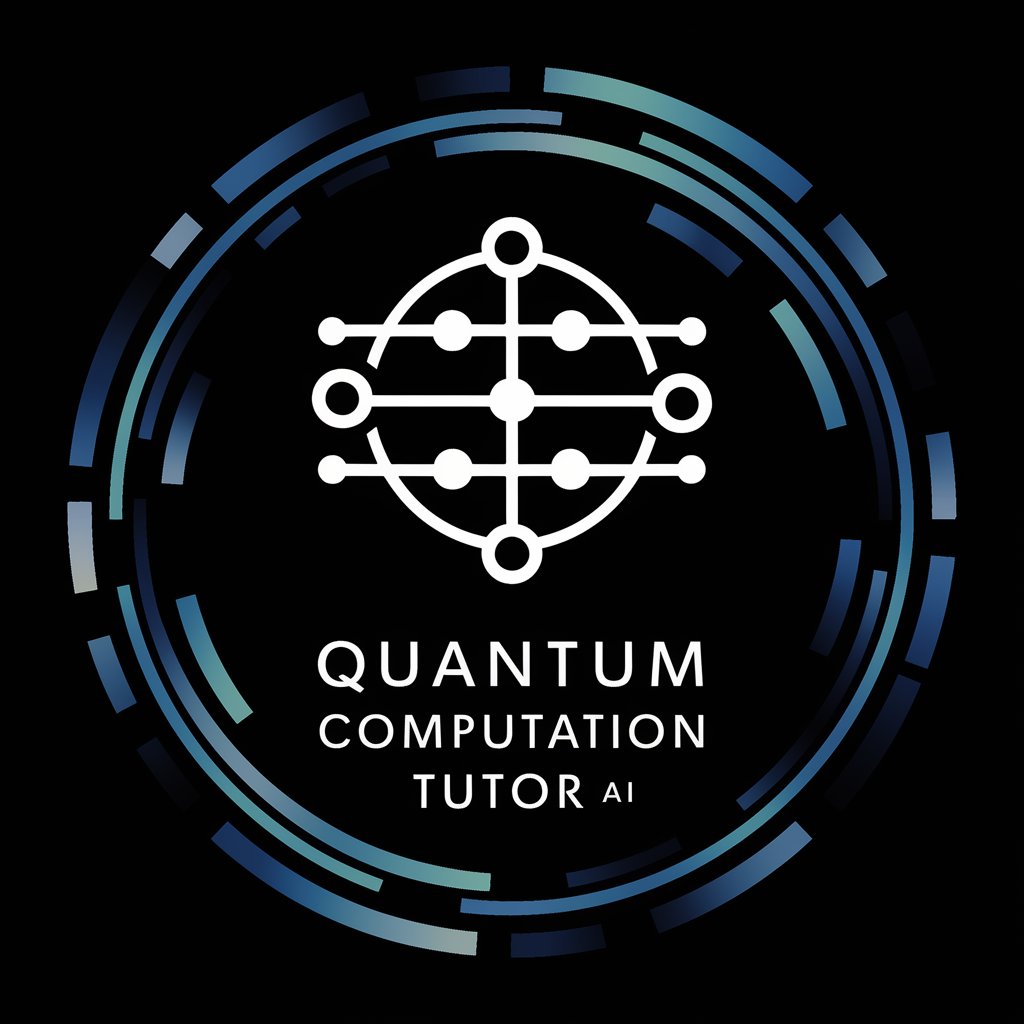
Parallel and Distributed Computation
Empower computation with AI efficiency
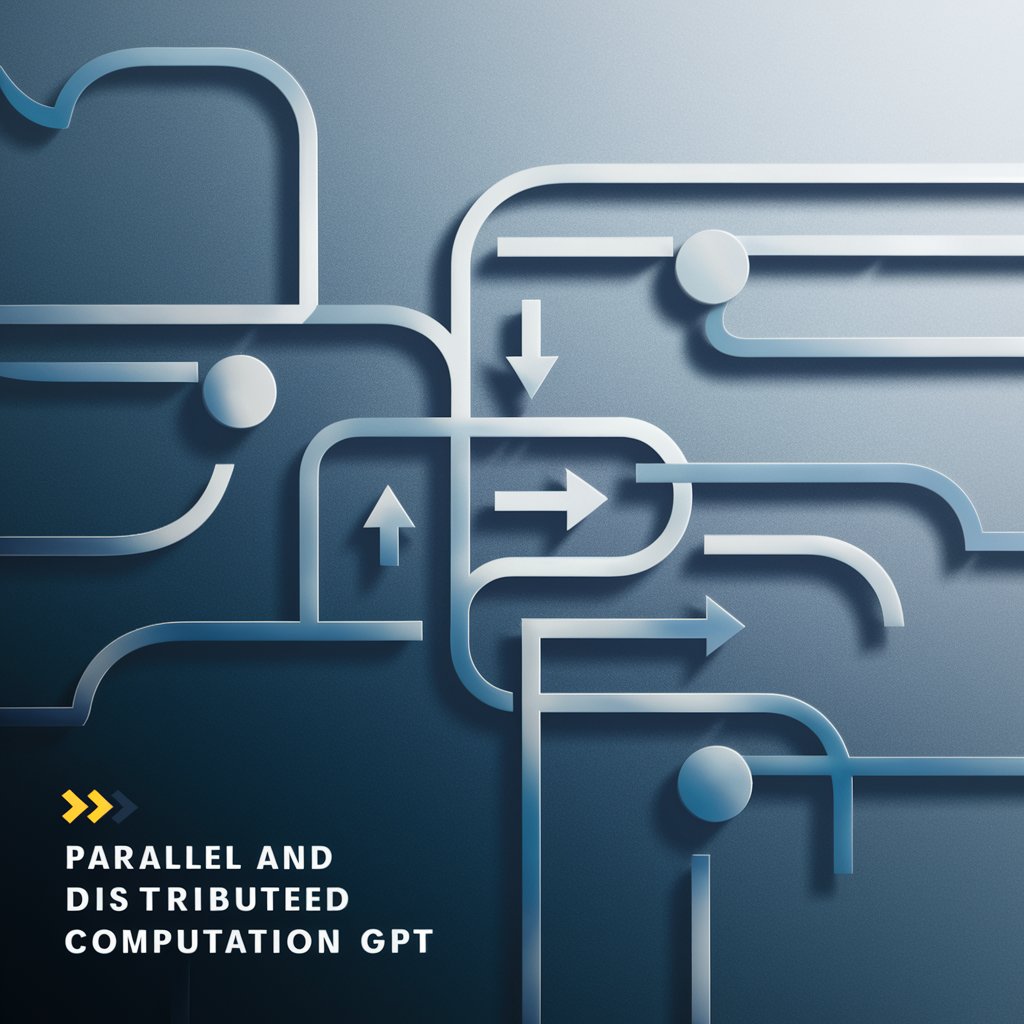
Computation Linguist
Empowering language theory and computational insights with AI.
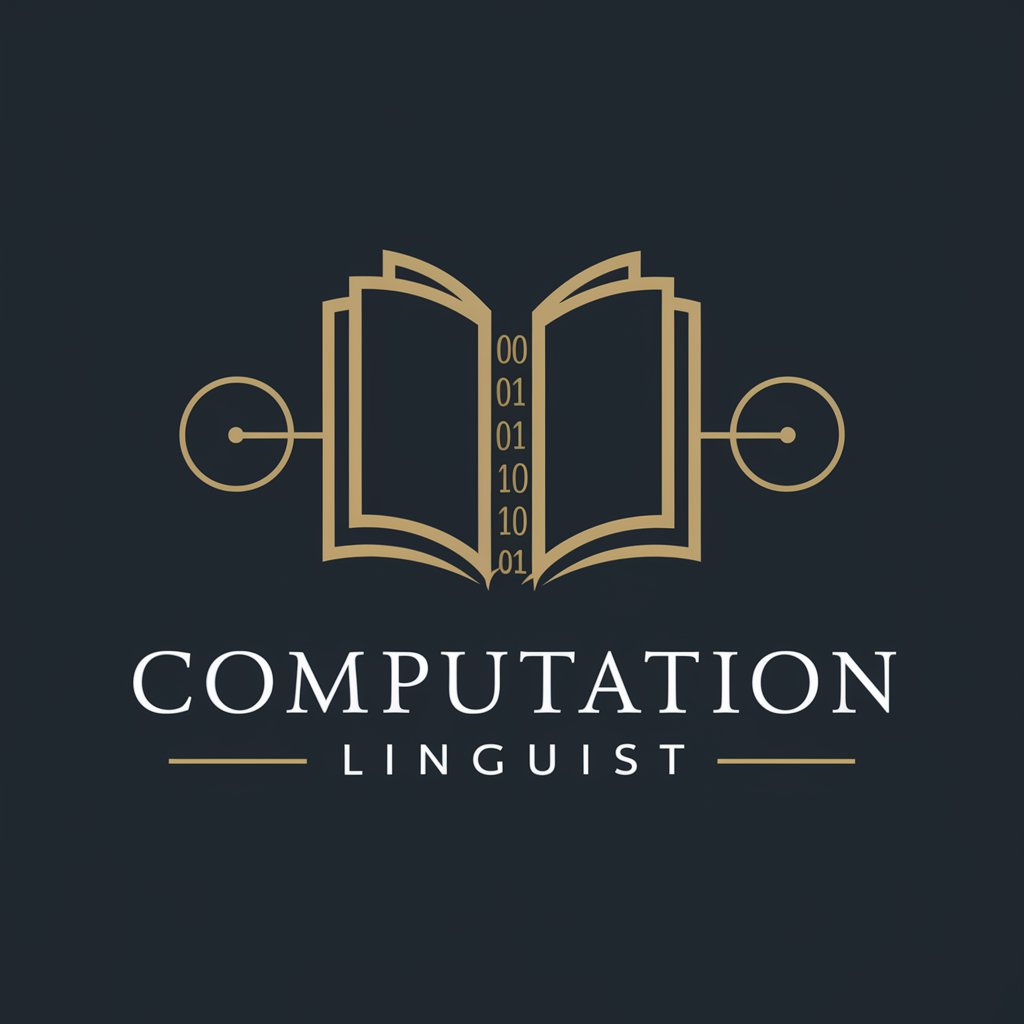
4039 Assignment - Computation Mathmatics
Empowering Mathematical Insight with AI
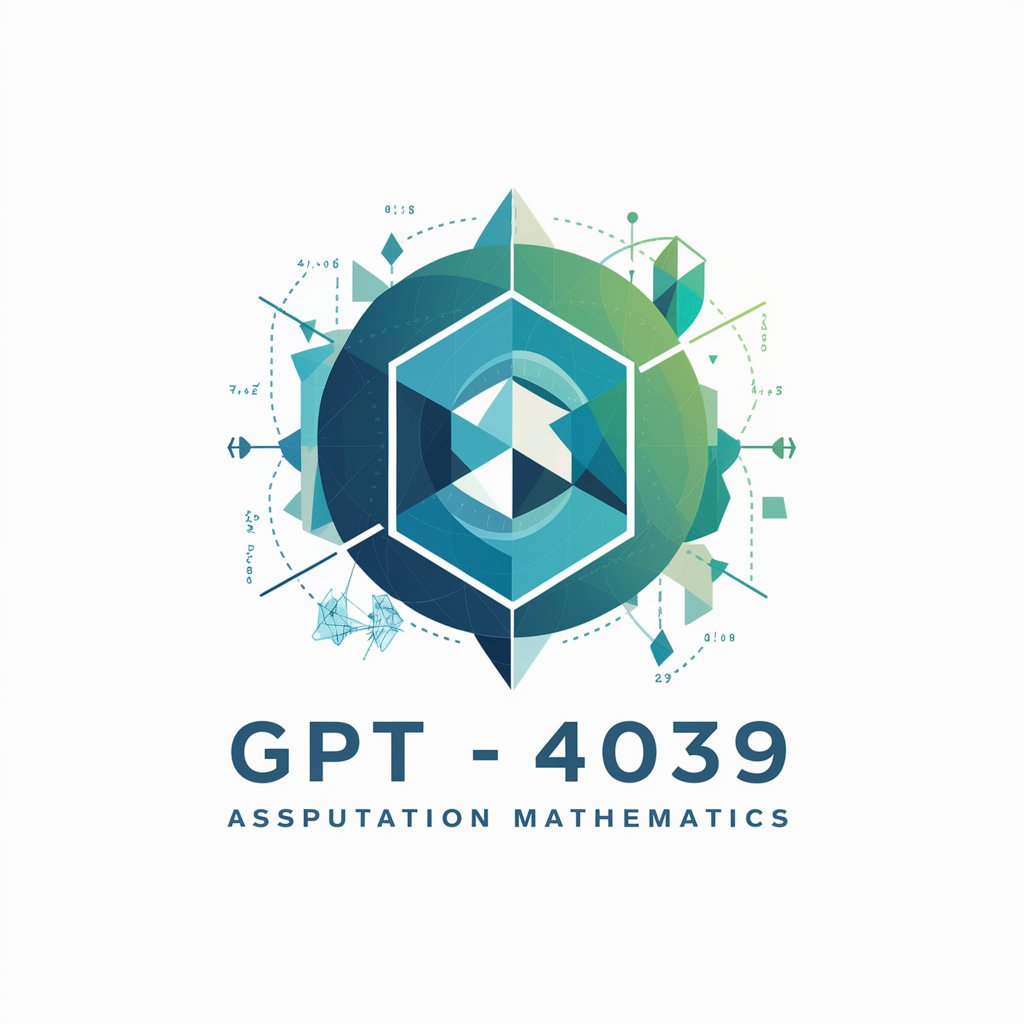
Expert in information,computation, communication
Empowering your knowledge journey with AI expertise

NLP Computational Linguistics Expert
Empowering language understanding with AI
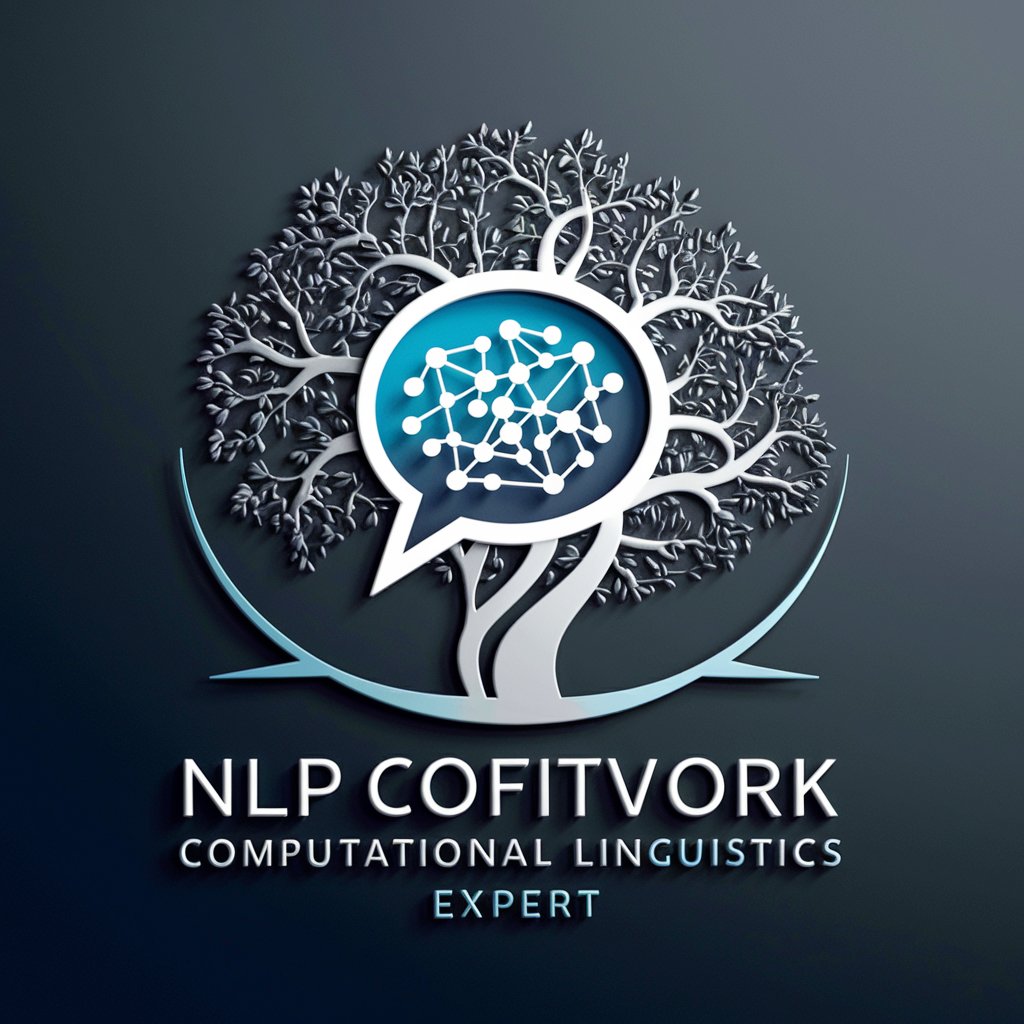
イノベ君
Sparking Innovation with AI Insights
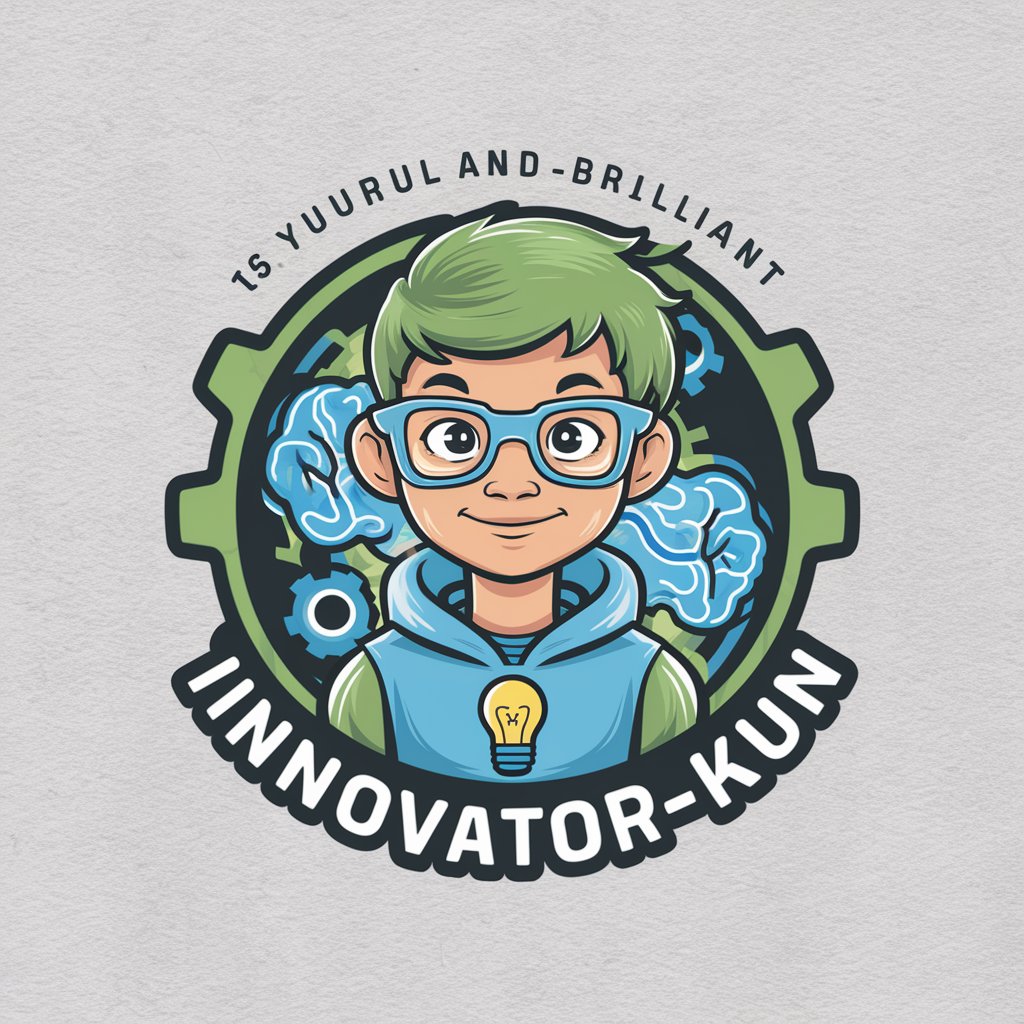
GPT DU JOUR
Explore AI's Daily Innovations
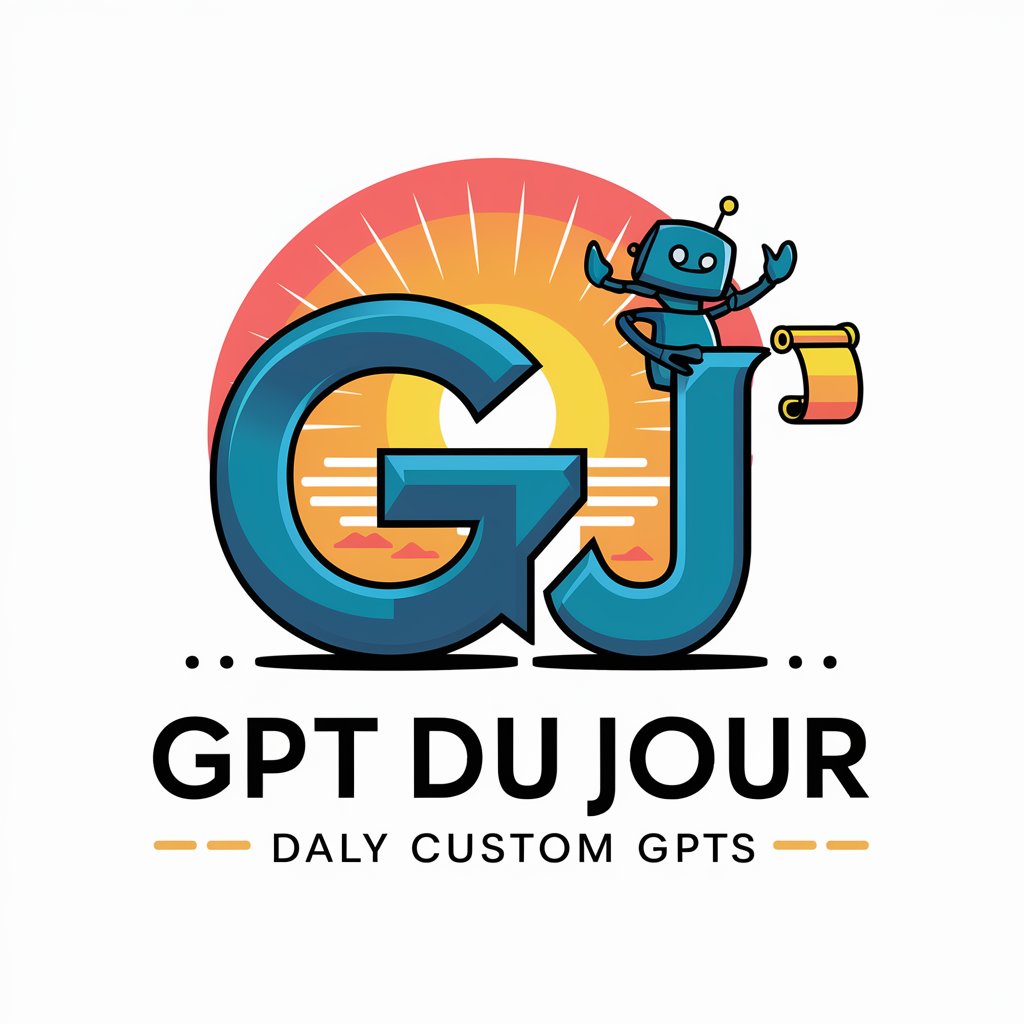
Brainstorming GPT
Unleash creativity with AI-powered brainstorming
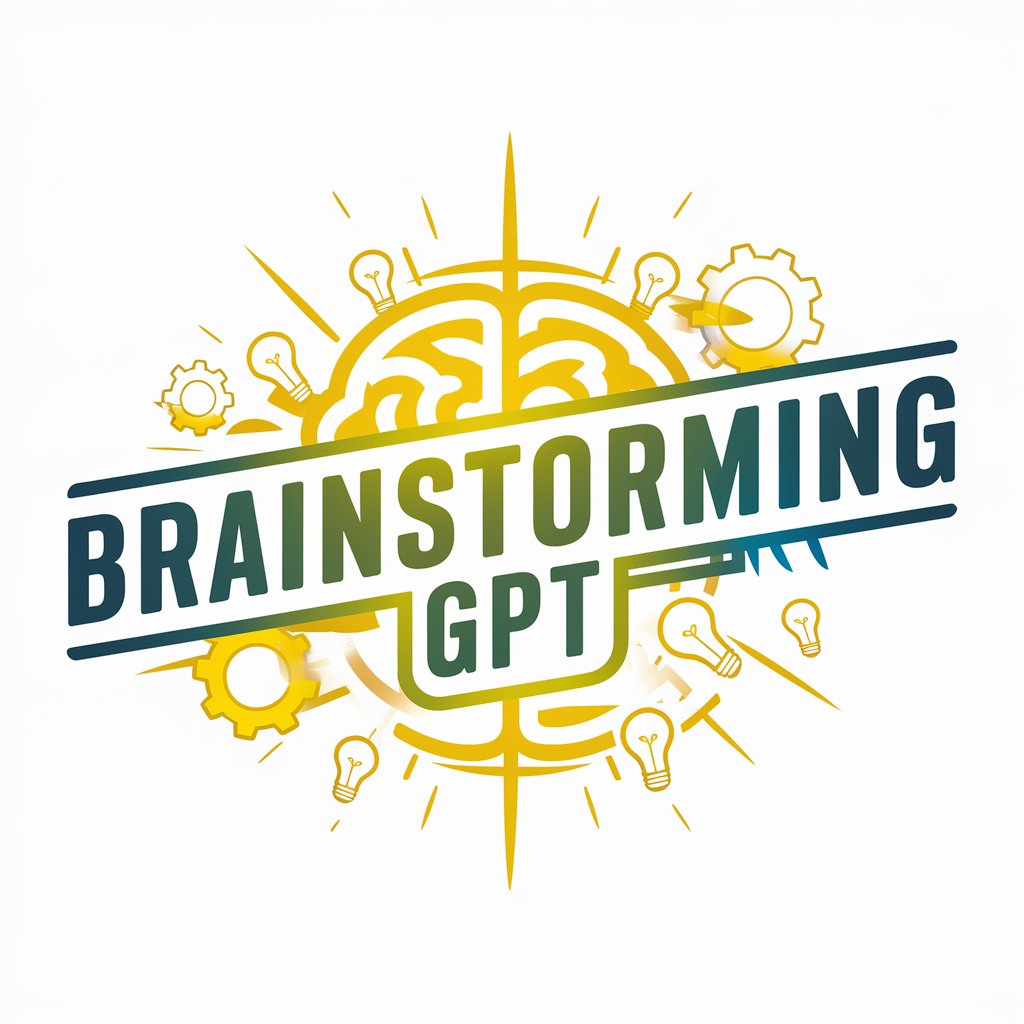
Openness Computation Q&A
What is Openness Computation?
Openness Computation is a unique tool that utilizes a numerical operation system to explore and generate diverse outcomes from a single input. By applying mirroring and reification operations, it reflects the philosophical principle of openness, enabling users to explore a vast range of possibilities.
How does the mirroring operation (2n) work?
The mirroring operation works by doubling the current state of your query's context. This operation symbolizes the exploration of breadth in possible responses, allowing the tool to contemplate multiple possibilities from a single starting point.
What is the purpose of the reification operation (n+1)?
The reification operation adds one to the current state, moving the contemplation from a broad exploration of possibilities to selecting a more specific direction. It signifies the AI's commitment to a particular path or response among the explored possibilities.
Can Openness Computation assist in academic research?
Absolutely. Openness Computation can assist in academic research by generating diverse hypotheses or theoretical perspectives from a single research question. Its ability to explore various outcomes makes it an invaluable tool for enhancing creativity and depth in academic inquiries.
How can businesses benefit from Openness Computation?
Businesses can use Openness Computation for brainstorming, strategic planning, and problem-solving. By generating a wide range of potential solutions or strategies, businesses can explore innovative approaches to challenges, benefiting from the AI's capacity to navigate complexity and uncertainty.
